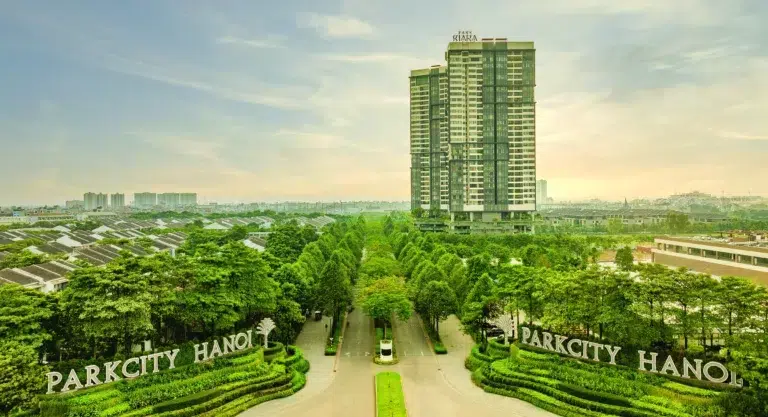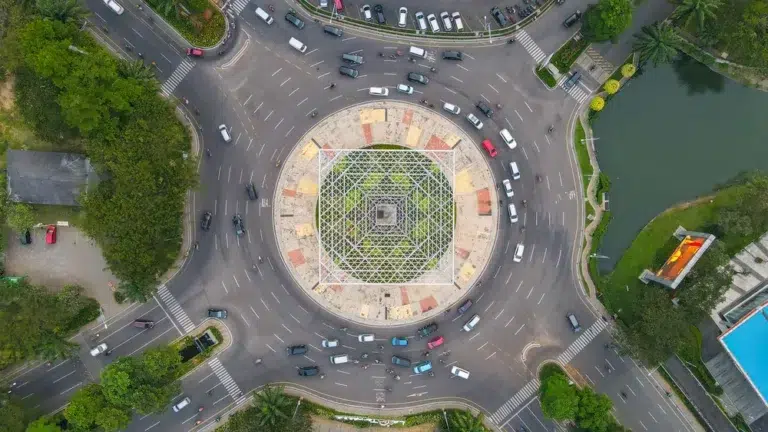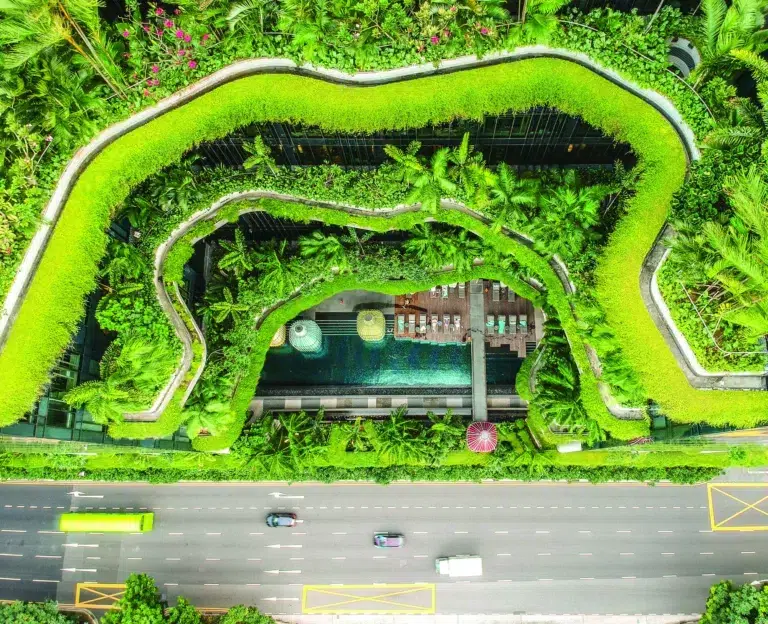How the Internet of Things powers smart cities
Smart cities aim for economic and sustainable growth — and this would not be possible with the help of the Internet of Things

Worldwide, people are relocating to cities for a change of environment and better opportunities. This appears to be an ongoing trend for decades. In fact, the city population has increased from 752 million in 1950 to 4.2 billion in 2018, as stated by technology trend hub KnowHow. But how are urban locations tackling the inevitable challenges that come with having a more dense population. The solution is simple: urban areas transition into smart cities with the help of IoT.
Smart cities — otherwise called digital cities or wired cities — are technologically driven urban locations that promote economic growth, improved quality of life, and overall sustainability with the help of data analysis and smart technologies. These efforts range from free public Wi-Fi to mobile apps and online portals that seamlessly disseminate real-time information and facilitate city transactions.
Smart cities maximise the usage of IoT, along with AI and big data analytics, to create a livable space and enhance the overall quality of life. The technologies they use ensure that citizens can easily access public information and receive the education, healthcare, and public transport and safety services they deserve.
Related: Why technology is the future of the workplace
Moreover, according to Rishabh Software, the use of IoT in smart city operations contributes to greater economic development and sustainability. It drives efficiency, improves processes, and opens new jobs that help boost the local economy. It could also optimise the use of energy and water resources, promote renewable energy sources, and reduce local energy consumption.
Insider Intelligence discussed how one of the main goals of integrating IoT technology into smart cities is to establish and maintain solid interconnectivity. This goes for the buildings that dot the streets, the cars that weave through the city, and indoor appliances that simplify different aspects of people’s lives. It is made easier by the fact that people can easily use their smartphones to pair devices and take control of technologies they use.
In this regard, it’s no wonder smart grids, smart transportation, smart utility metres, smart waste management, and other IoT-connected solutions run a growing number of cities around the world.
The Property Report editors wrote this article. For more information, email: [email protected].
Recommended
Hanoi’s Park Kiara redefines urban living with green, people-centric design
Park Kiara in Hanoi is a repudiation of low-density, car-dependent suburban sprawl
ARES White Paper Volume 3: The era of adaptive reinvention
Pioneering sustainable and innovative practices in urban development
ARES White Paper Volume 2: Unravelling the power of data revolution in real estate
Insights on proptech, smart cities, and sustainable development
ARES Digital White Paper Volume 1: The fundamentals of responsible building
Green and climate heroes join forces to discuss how Asia Pacific can weather the current environmental crises and the looming effects of climate change






